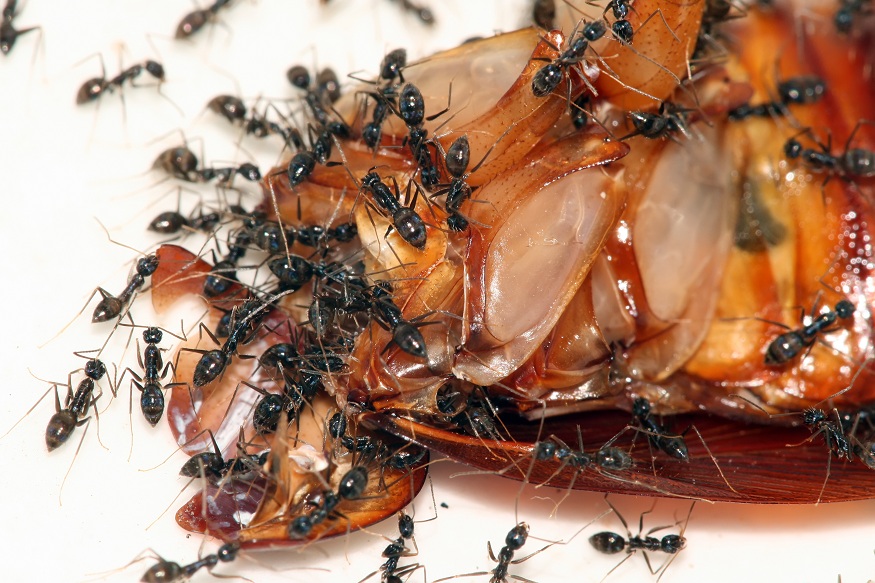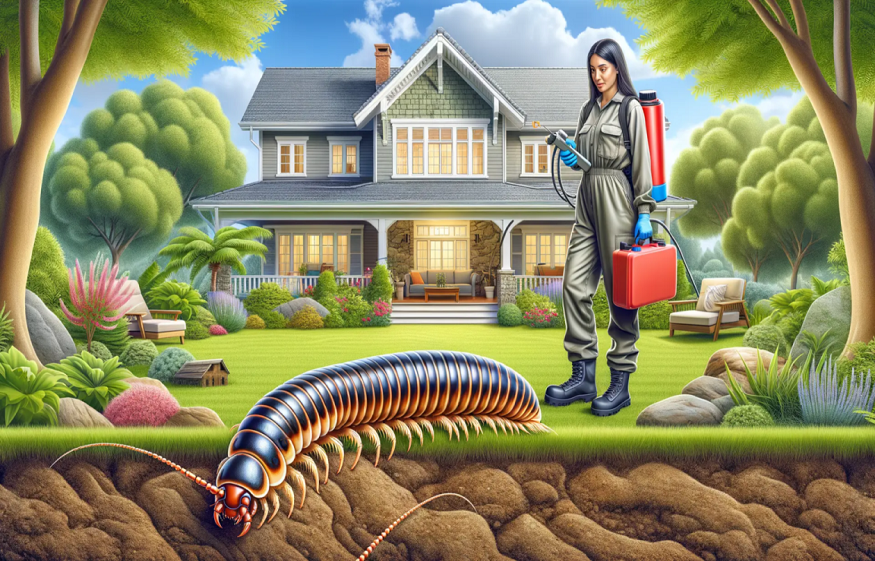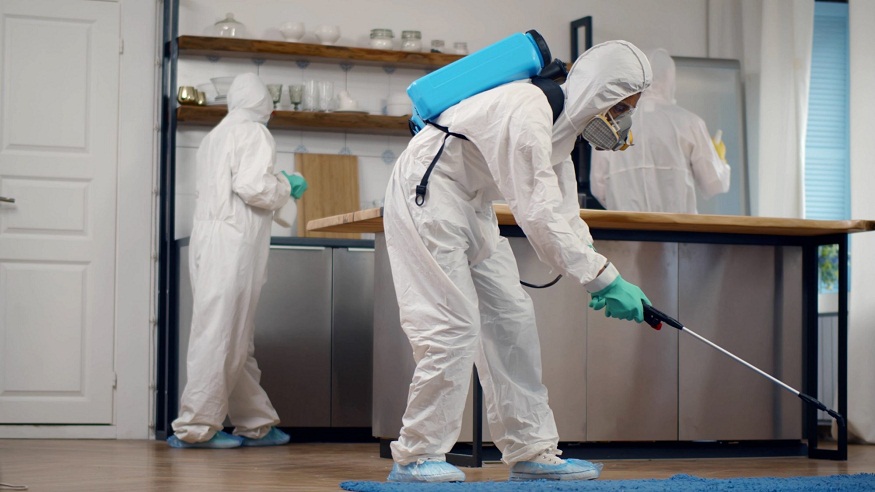Both cockroaches and ants can establish themselves quickly enough in numbers to become a full-blown infestation, endangering the safety, health, and quality of life of your family.
Cockroaches transport more than 30 kinds of bacteria, such as Salmonella and E. coli, and some types of ants can deliver painful stings and destroy your home’s infrastructure. And the costs for rodent-related repairs and medical treatments can add up quickly, potentially costing several thousand dollars. Recurring infestations are common because most people only treat surface areas without treating the root cause of the problem, or they use methods that do not really work.
When it comes to knowing what kind of harm each pest can cause, you will be able to make a smart decision regarding what kind of protection you need. Get started below by understanding the quick differences between ants and cockroaches.
Ants vs Cockroaches Quick Comparison
| FACTOR | COCKROACHES | ANTS |
| Disease Transmission | High | Low to Moderate |
| Reproduction Rate | 200-300 eggs per year | 1,000 + eggs per colony annually |
| Structural Damage | Minimal – mainly contamination | High – carpenter ants damage wood |
| Bite/Sting Risk | Rare bites, no venom | Painful stings, some venomous species |
| Food Contamination | Severe – bacteria in droppings | Moderate – trail contamination |
| Allergy Triggers | High – skin and respiratory issues | Low – except for sensitive individuals |
| Treatment Difficulty | Very Hard | Moderate |
| Survival Ability | Extreme – can live without head | High – organised colony structure |
Who Is More Dangerous Between Cockroaches and Ants?
Roaches present more health problems than ants, as they can transmit disease and produce allergens. These pests are the sturdiest and transmit deadly diseases on surfaces and induce asthma attacks in children as well as adults.
Cockroaches spread foul bacteria from sewers and garbage to anything they touch. Their waste, skin casts, and saliva are all allergens that can trigger respiratory issues. Research has shown that cockroach allergens are a factor in more than 60% of asthma cases in inner city localities. What is more, it takes immature cockroaches less time to mature into adults, and they are more difficult to control when they invade your house.
Some ant species, such as fire ants, are known for their painful stings, while others are best known for damaging property and contaminating food. While carpenter ants can damage wooden structures, it is not a rapid process. There are no serious health issues on the immediate horizon.
Other Differences In Habits to Know
Activity Patterns and Behavior
Cockroaches are nocturnal and take cover during the day in warm, damp places such as kitchens and bathrooms. When lights come on, they disperse rapidly, and they prefer to stay near food and water. Termites get to work during the day in organized lines, so they are more visible to homeowners.
Feeding Preferences and Habits
Cockroaches will eat just about anything, including garbage, soap, hair, and the glue on the back of book bindings. They spoil much more food than they actually eat, from feces and salivary secretions. Ants have a preference for specific food types (sugars or proteins) and lay specific trails to their food items without disturbing the environment.
Nesting and Colony Structure
Instead of centralized nests, cockroaches set up loose hiding spots in homes. This is problematic as it is difficult to remove, as multiple regions need to be treated. They coordinate via centres in ant nests that are dominated by a strict hierarchy, meaning localised treatments to kill colonies whole can be applied.
Seasonal Variations and Climate Response
Cockroaches breed throughout the year in heated premises, instead of being affected by weather conditions. The ants follow annual activity cycles related to seasonal variation, being very active during the warmer time of the year and dormant during winter in colder areas.
Final Verdict: Protecting Your Home from Pest Dangers
Cockroaches and ants are not the same and bring their own unique battles, which demand a different tactical approach and often a higher level of expertise. Whilst cockroaches pose more immediate health risks through disease vectors and allergen production, ants have the potential to cause longer-term structural damage and painful encounters.
Early detection is the secret here, and you need to be able to identify the pest species to determine what species you are actually dealing with, because that will give you the most effective line of attack.




